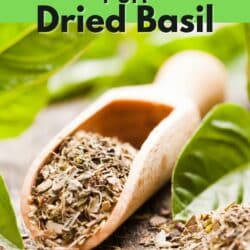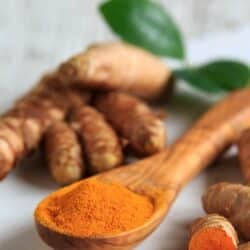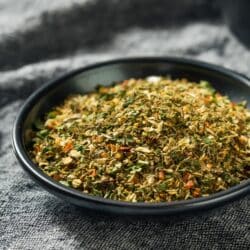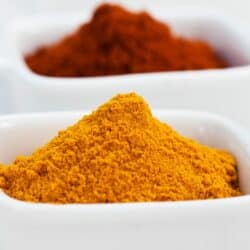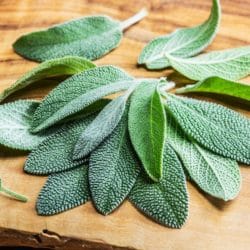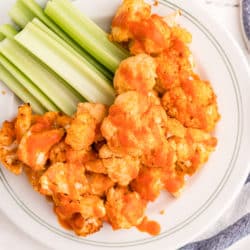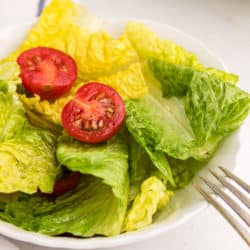7 Substitutes for Dried Basil in Cooking
Basil is a lovely herb that is used in a variety of cuisines. Learn how to substitute dried basil in savory recipes if you run out or can’t find it. Here are several great Substitutes for Dried Basil.
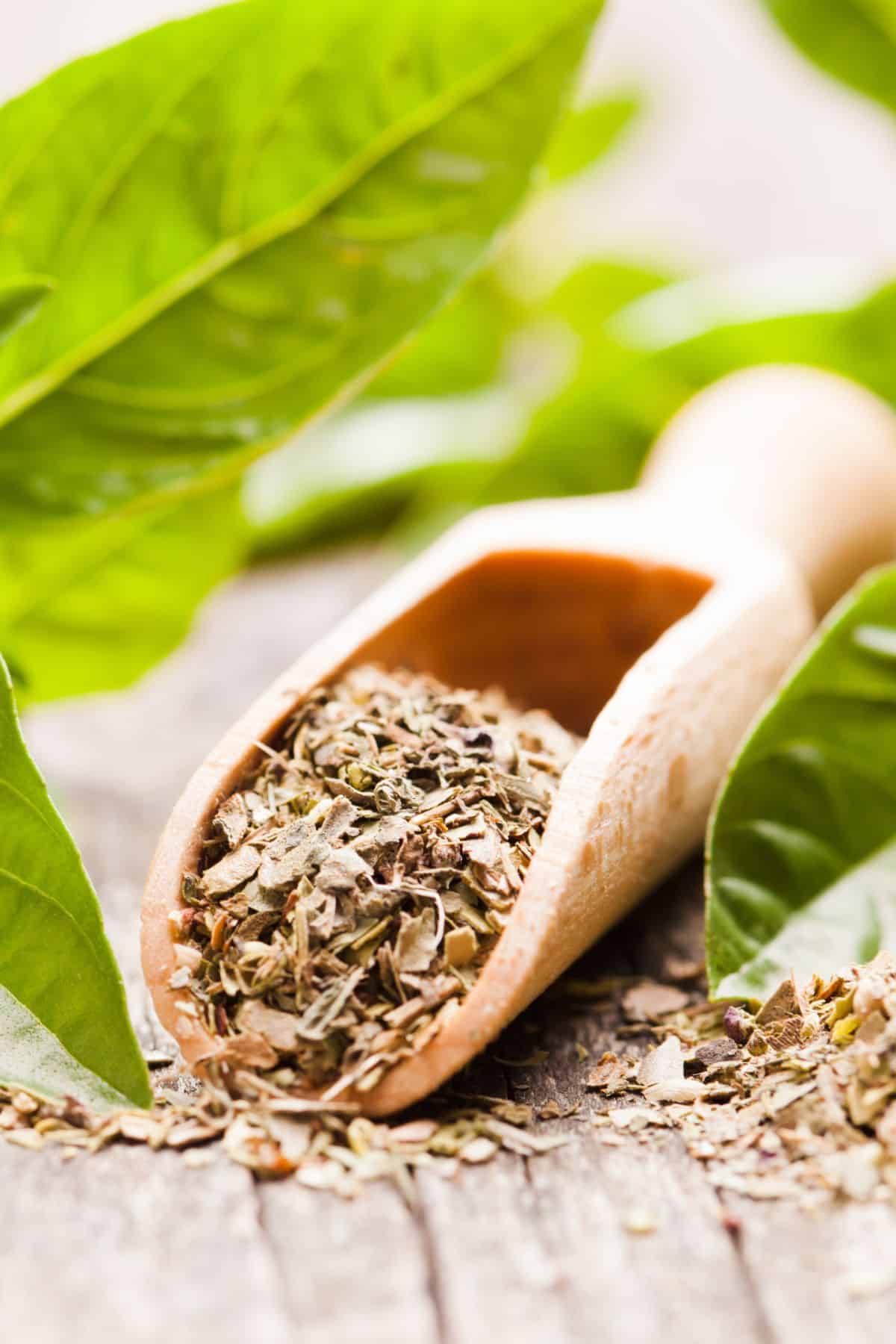
Basil is a popular herb that has been used for centuries in cooking. The plant is native to India and other parts of Asia, but it is now grown in many different parts of the world. It’s very common in Italian cooking.
Basil has a strong, pungent flavor that is often used to season meats, meat dishes, tomato sauce, soups, and pasta sauces.
When using fresh basil or any fresh herbs, it is important to remember that the leaves are delicate and should be used soon after they are picked.
Substitutes for Dried Basil
When you need dried basil for a recipe, but don’t have it on hand, here are several great options to choose from! You can find most of these basil substitutes in the grocery store.
1. Fresh basil
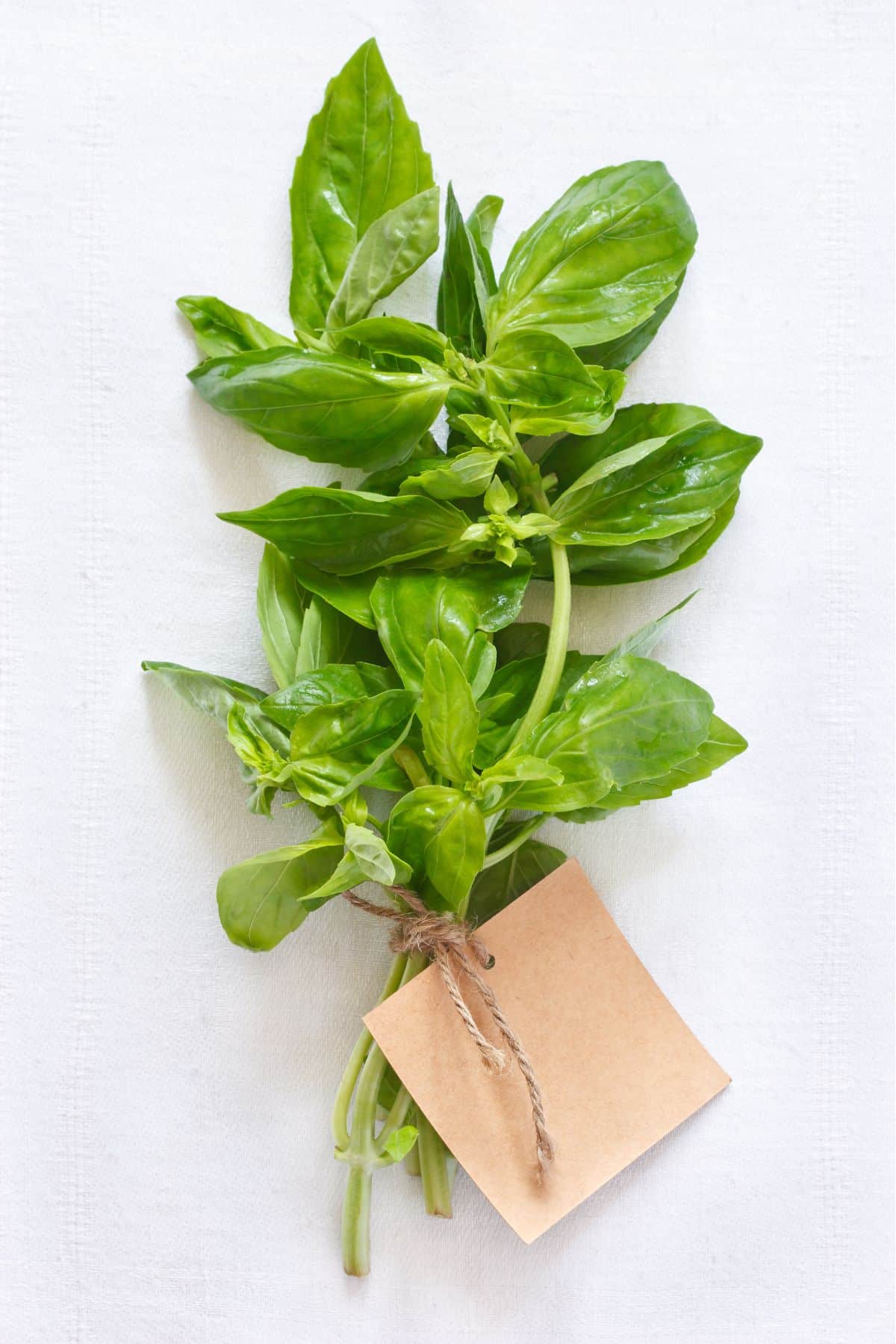
Basil can be found in grocery stores and gardens all over the world.
When purchasing fresh basil, look for leaves that are deep green in color and free from brown spots. Avoid bunches with wilted or yellow leaves, as these will be less flavorful. When you’re ready to use it, simply snip off the amount you need.
It can also be used to make tea or added to salads for a pop of color and flavor. Whether you are a seasoned chef, or a beginner cook, incorporating basil into your recipes is a great way to add depth of flavor and brighten up and elevate any meal.
Fresh basil leaves are possibly the best substitute for dried basil and will give you a very similar result.
To substitute one teaspoon of dried basil, use one tablespoon of fresh basil.
2. Dried oregano
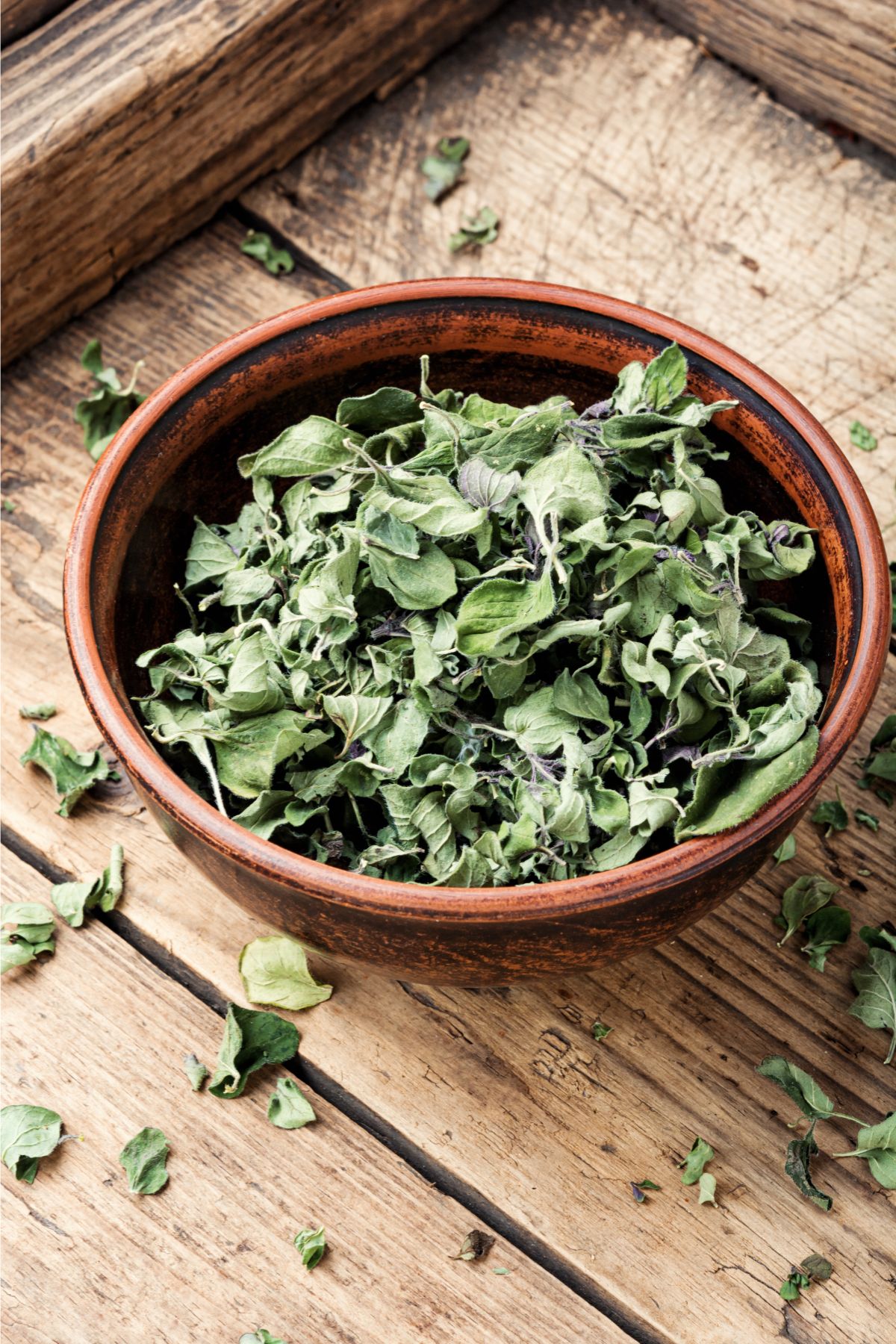
Dried oregano is a popular and common herb that is used in many different cuisines. It has a strong, pungent flavor that is often used to add depth and flavor to tomato-based dishes.
Oregano is a member of the mint family and is native to the Mediterranean region. The leaves of the oregano plant are what are used to create the dried herb. The leaves are first picked and then air-dried in order to preserve their flavor. Once they are dry, they can be stored in an airtight container for up to six months.
When using dried oregano, it is important to remember that a little goes a long way. The intense flavor of the herb can easily overwhelm other ingredients. For this reason, it is typically used sparingly. A common way to use dried oregano is to sprinkle it over pizza or pasta dishes before serving.
Fresh oregano is not as great of a substitute for basil as dried oregano.
To substitute one teaspoon of dried basil, use one teaspoon of dried oregano (you may even want to start with 1/2 teaspoon and work up after tasting).
3. Dried Italian seasoning
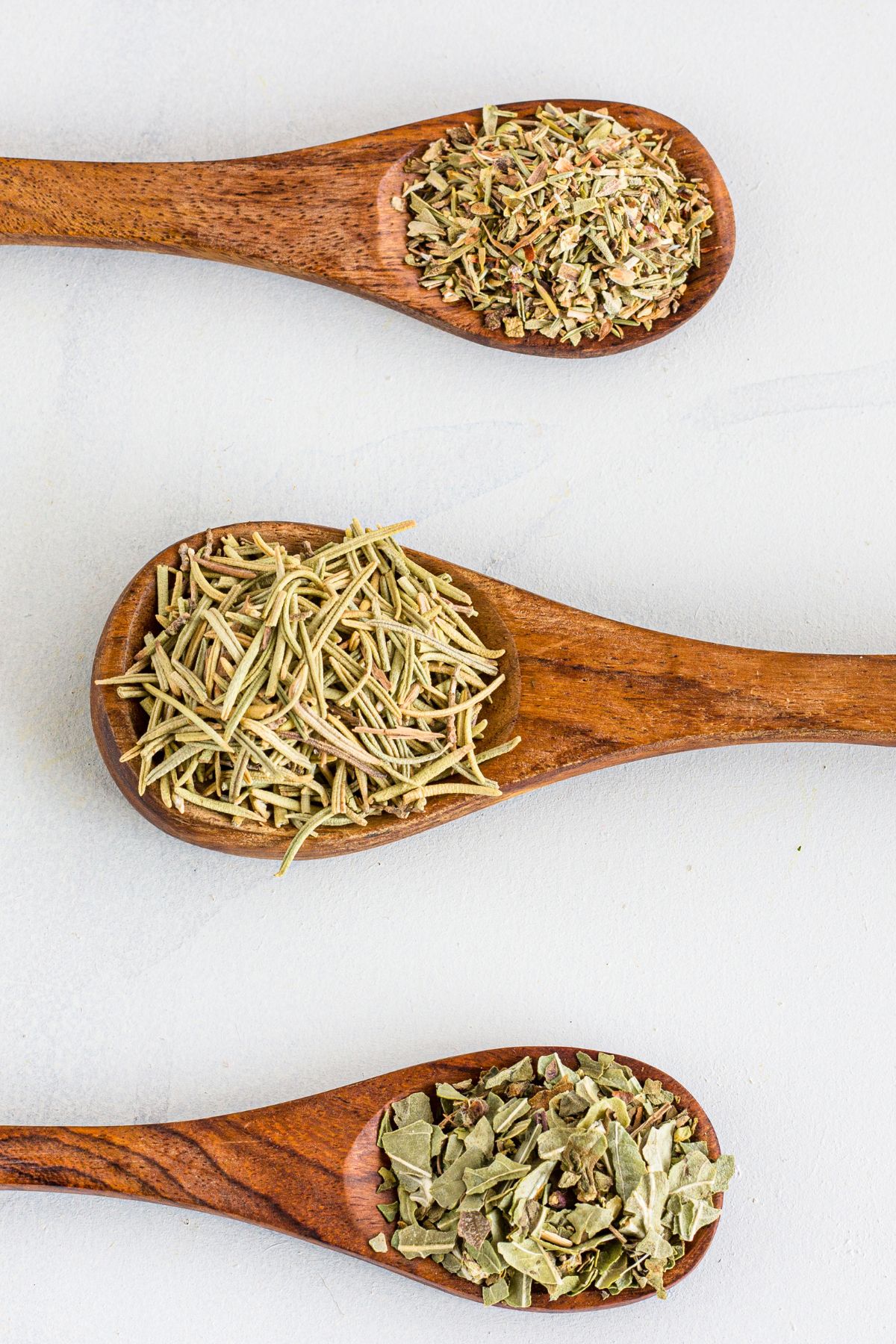
Italian seasoning is a blend of dried herbs, including basil, oregano, rosemary, and thyme. These herbs are commonly used in Italian cuisine, and they work together to create a unique flavor profile.
While you can purchase Italian seasoning at the store, it’s also easy to make at home. Simply mix together the dried herbs of your choice and store them in an airtight container. Then, use it to flavor soups, sauces, and more.
With Italian seasoning on hand, you’ll be able to enjoy delicious Italian-style dishes any time you want. Italian seasoning has a very similar flavor profile to dried basil and is an excellent substitute.
To substitute one teaspoon of dried basil, use one teaspoon of dried Italian seasoning.
4. Dried marjoram
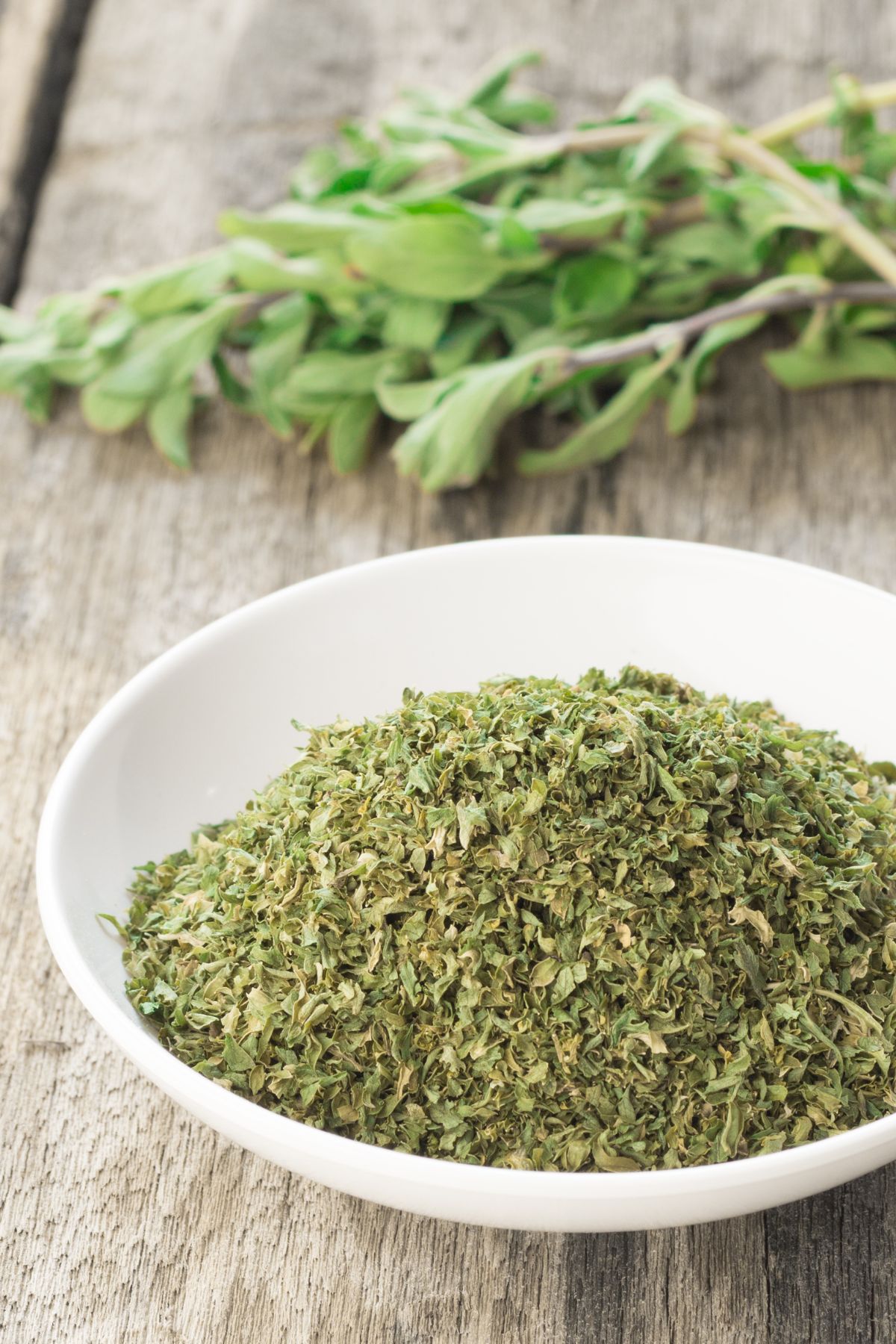
Dried marjoram is an herb with a sweet flavor that is often used in Mediterranean cuisine. It is believed to have originated in Egypt and has been used for centuries in both cooking and medicine.
When used in cooking, it can be added to soups, stews, or sauces. It is also a popular addition to salad dressings and roasted vegetables.
Marjoram can be found fresh or dried in most supermarkets. When using dried marjoram, it is important to remember that the herb is more potent than fresh, so you will need to use less of it. Dried marjoram can be stored in an airtight container in a cool, dark place for up to six months.
You probably won’t be able to tell the difference if you need to substitute marjoram for basil. They taste very similar!
To substitute one teaspoon of dried basil, use one teaspoon of dried marjoram.
5. Dried coriander seeds
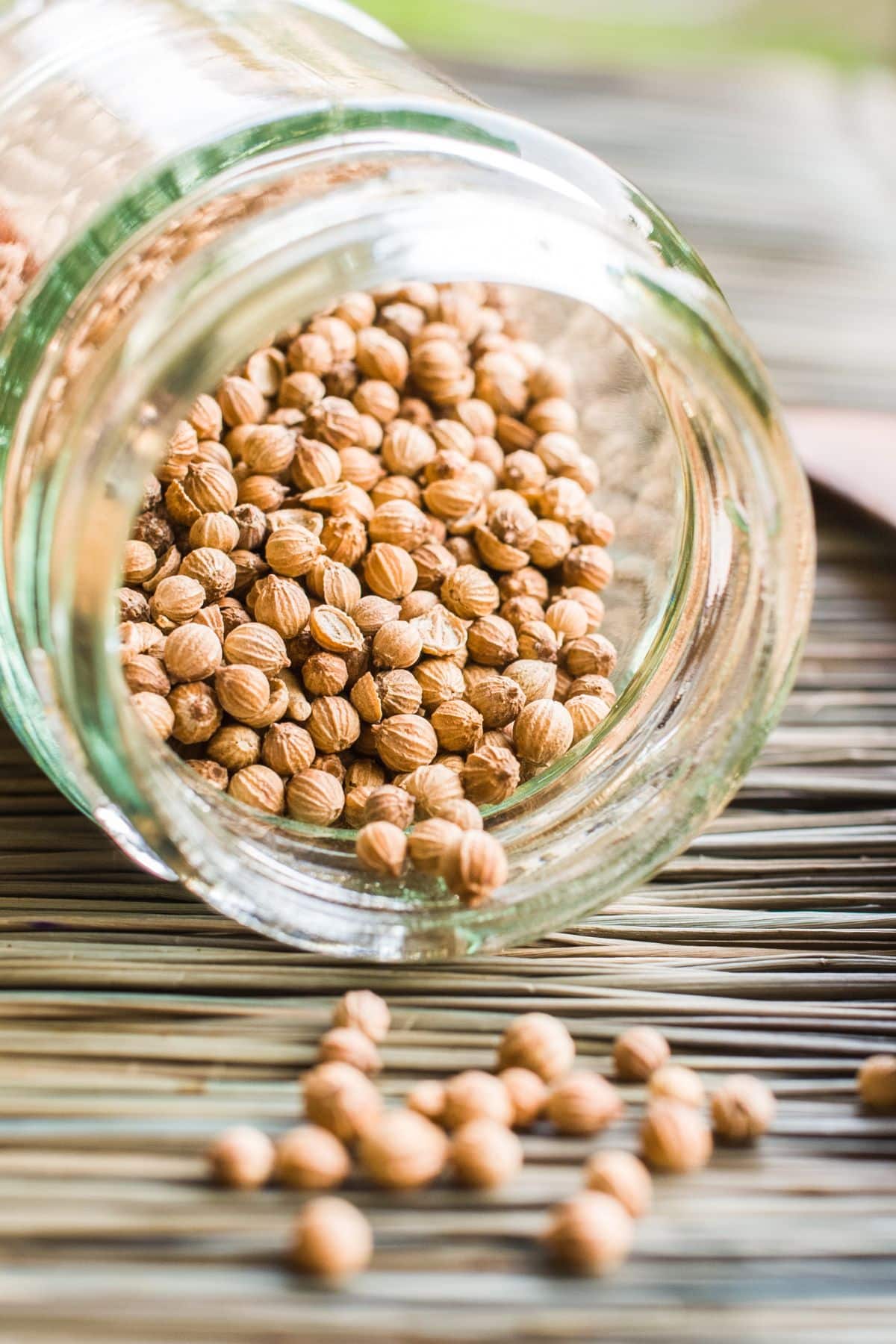
Dried coriander has a variety of uses in both cooking and herbalism and it is a wonderful spice to add to your repertoire. In cooking, it is often used as a spice or seasoning and has a delicate, lemony flavor that can brighten up any dish.
Coriander is also very versatile, pairs well with both sweet and savory flavors, and can be used in a variety of cuisines. I recommend dried coriander in Thai curries, Moroccan tagines, and Indian dals. If you’re looking for a new spice to experiment with, I highly recommend giving dried coriander a try. And it can also be used as a substitute for dried basil.
When purchasing dried coriander, look for whole, plump seeds that are a uniform color.
To substitute one teaspoon of dried basil, use one teaspoon of dried coriander (you can grind the seeds if you wish).
6. Dried tarragon
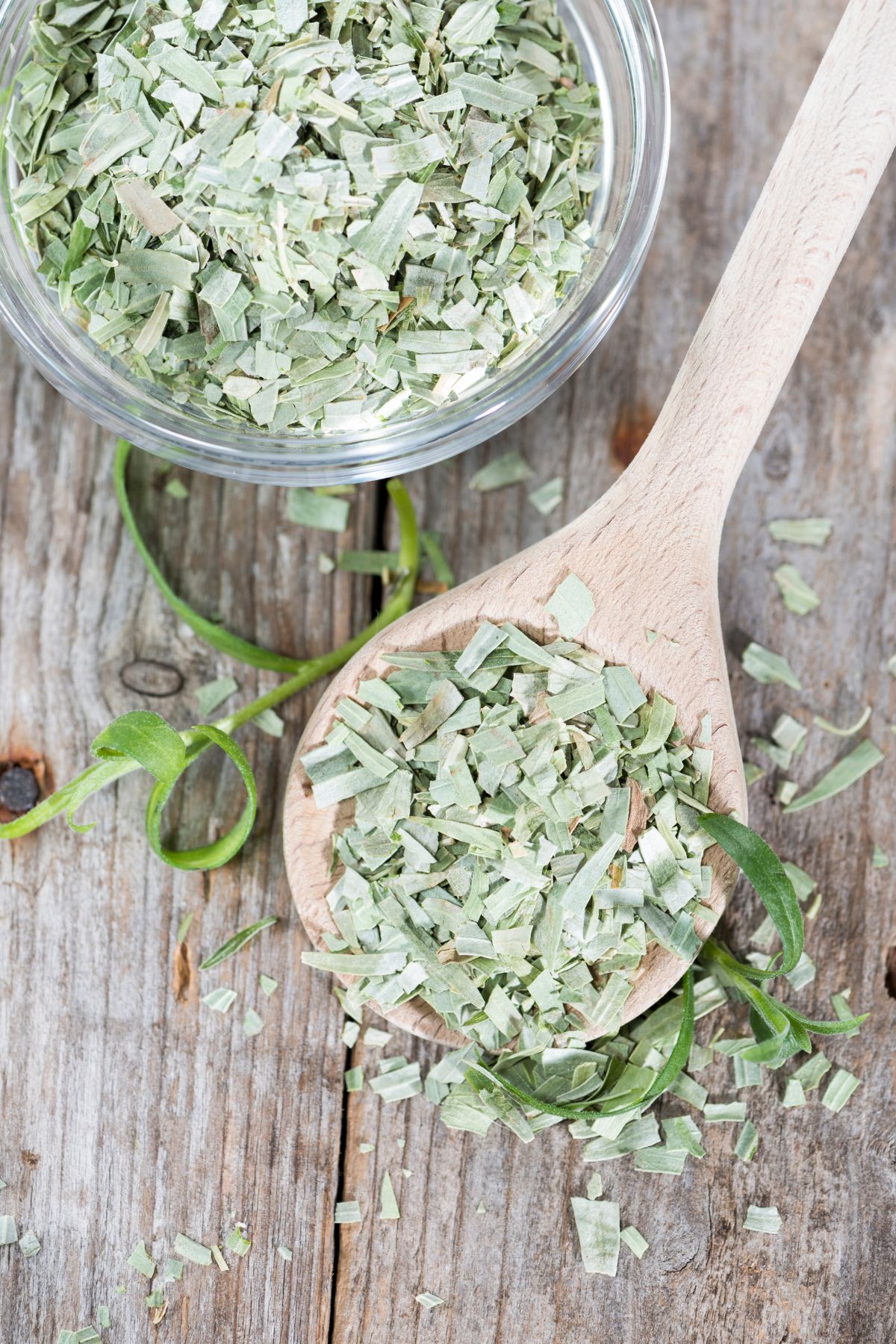
Dried tarragon is a versatile herb that can be used to add flavor to many dishes. It has a subtle anise flavor that pairs well with fish, poultry, and vegetables. Tarragon can also be used to make a flavorful vinegar or oil.
When using dried tarragon, crumble the leaves into dishes just before serving. A little goes a long way, so start with a small amount and add more to taste. With its intriguing flavor and impressive shelf life, dried tarragon is an herb worth keeping in your pantry.
Tarragon has much more of a licorice flavor than basil, but it is a good substitute.
To substitute one teaspoon of dried basil, use one teaspoon of dried tarragon.
7. Dried thyme
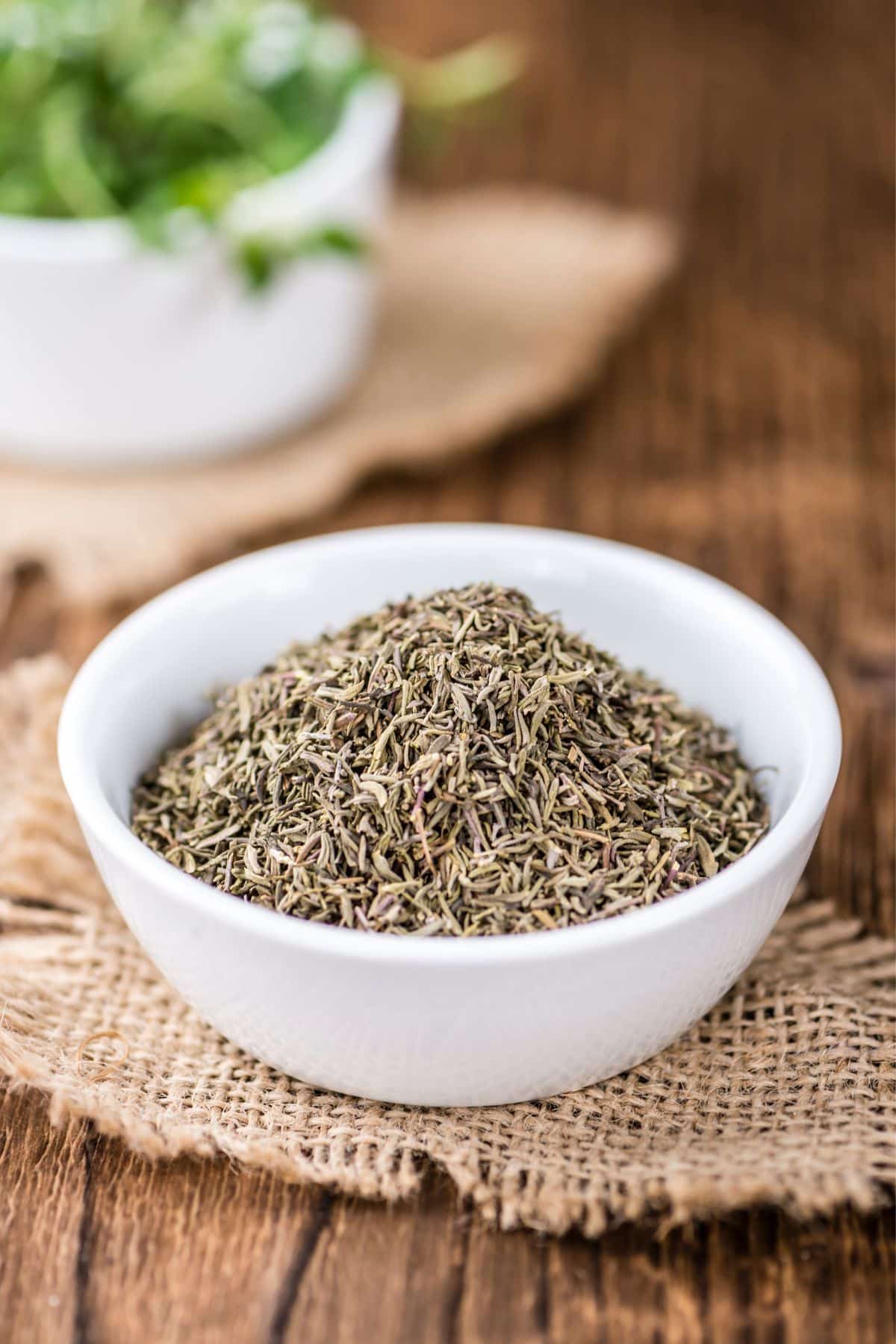
Thyme has a subtle yet distinct flavor that pairs well with poultry, fish, and vegetables. Thyme can also be used to make a tasty tea.
Dried thyme is also a great way to add flavor to homemade soups and stews. Simply add a tablespoon or two to the pot during the cooking process. Thyme can also be used as a seasoning for grilled meats or roasted vegetables.
Thyme has a milder flavor than basil, but it is a good substitute.
To substitute one teaspoon of dried basil, use 1/2 teaspoon of dried thyme.
Summary of Dried Basil Alternatives
Here’s a revised chart summarizing the best substitutes for dried basil, including each of the pros and cons:
| Substitute | Pros | Cons |
|---|---|---|
| Fresh Basil | Fresh, vibrant flavor, easy to find. | More potent, may need quantity adjustment. |
| Dried Oregano | Strong, pungent flavor, good for tomato-based dishes. | Intense flavor can overwhelm other ingredients. |
| Dried Italian Seasoning | Blend of herbs complements many dishes. | Less distinctive than pure basil. |
| Dried Marjoram | Sweet, aromatic, good for Mediterranean cuisine. | Stronger than basil, flavor adjustment may be needed. |
| Dried Coriander | Lemony, versatile flavor, good in various cuisines. | Different flavor profile, may not suit all basil recipes. |
| Dried Tarragon | Subtle anise flavor, pairs well with various dishes. | Distinct flavor might not align with all basil applications. |
| Dried Thyme | Subtle yet distinct, versatile in use. | Less robust in some dishes compared to basil. |
More Articles on Substituting Ingredients
Conclusions
I hope this article on the best basil alternatives was helpful.
There are many herbs that can be used as substitutes for dried basil, depending on the dish you are making. Each of these herbs has a distinct flavor that can enhance the taste of your food. So next time you’re in a pinch, reach for one of these herbs and give your dish a flavorful boost. If you’re looking for a new spice to experiment with, I highly recommend giving one of these a try.
About the Author: Carrie Forrest has a master’s degree in public health with a specialty in nutrition and is a certified holistic nutritionist. She is a top wellness and food blogger with over 5 million annual visitors to her site. Carrie has an incredible story of recovery from chronic illness and is passionate about helping other women transform their health. Send her a message through her contact form.
Don’t forget to join my newsletter list to get exclusive clean eating recipes and tips. The newsletter is 100% free with no spam; unsubscribe anytime.


